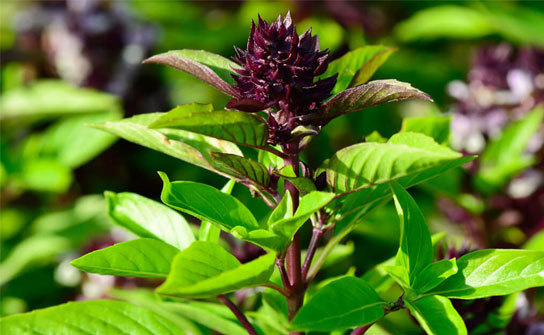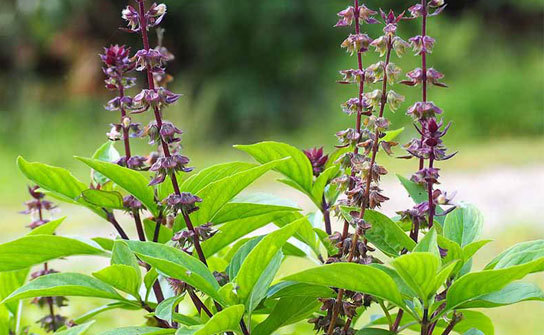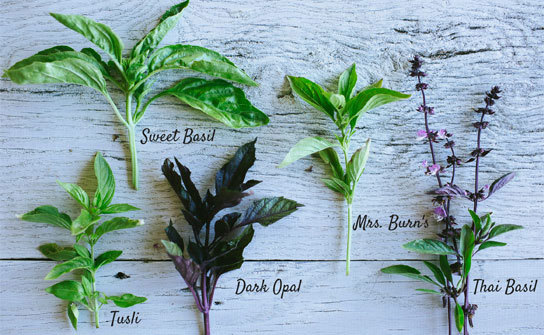 July-07-2023
July-07-2023
View: 9

Research shows that Thai Basil is high in antioxidants, anti-cancer, anti-viral, anti-bacterial, and anti-fungal properties, which is why it has been used in traditional healing since centuries ago.
Thai basil is a delightful herb known for its savory, spicy, and anise-like flavors that enhance a variety of Southeast Asian dishes. Its unique taste and robust nature make it an excellent addition to any farm or garden. In this article, we will provide you with a step-by-step guide on how to plant Thai basil at your farm, ensuring a thriving and bountiful harvest.
Choosing the Right Location: Select a spot on your farm that receives full to partial sunlight. Thai basil thrives in warm climates, so ensure the area has a temperature of at least 50°F (10°C) before planting. The soil should be well-drained, slightly acidic, and rich in organic matter, such as compost.
Preparing the Soil: Before planting, prepare the soil by removing any weeds, rocks, or debris. Loosen the soil to a depth of 8-10 inches (20-25 cm) using a garden fork or tiller. Incorporate organic matter like compost or well-rotted manure to improve soil fertility and drainage.

Thai Basil contains many vitamins and minerals, including vitamins A, C, and E, fiber, and antioxidants.
3. Planting Thai Basil Seeds: Sow the Thai basil seeds about a quarter-inch deep in the prepared soil. Space the seeds 6-8 inches (15-20 cm) apart to allow proper growth. If planting multiple rows, keep the rows approximately 12-18 inches (30-45 cm) apart.
4. Watering: After planting the seeds, water the area gently but thoroughly to ensure even moisture penetration. Thai basil prefers lightly moist soil, so monitor the moisture levels regularly and avoid overwatering, as it can lead to root rot. Maintain a consistent moisture level throughout the growing season.
5. Providing Care and Maintenance: As the seedlings emerge, thin them out if they are too close together, ensuring each plant has enough space to grow and receive adequate airflow. Thai basil is relatively low maintenance, but regular weeding is essential to prevent competition for nutrients and water.
6. Fertilizing: To promote healthy growth and maximize yield, feed your Thai basil plants with a balanced, organic fertilizer once every four to six weeks. Follow the instructions on the fertilizer packaging for proper application rates.

Different kinds of basil
7. Harvesting Thai Basil: Thai basil can be harvested when the plants have reached a height of about 6-8 inches (15-20 cm) and have multiple sets of leaves. To harvest, pinch or cut the stems just above a set of leaves, encouraging bushier growth. Avoid cutting the plant down to the ground, as it may not regrow. Regular harvesting promotes continuous growth and ensures a fresh supply of flavorful leaves.
Growing Thai basil at your farm can be a rewarding experience, adding a burst of flavor and aroma to your culinary endeavors. By selecting the right location, preparing the soil adequately, and providing proper care and maintenance, you can enjoy a thriving Thai basil harvest. Remember to harvest the leaves regularly to encourage new growth. Happy farming and enjoy the delicious flavors of Thai basil in your favorite recipes!
#Basil #ThaiBasil #RobbenFoods